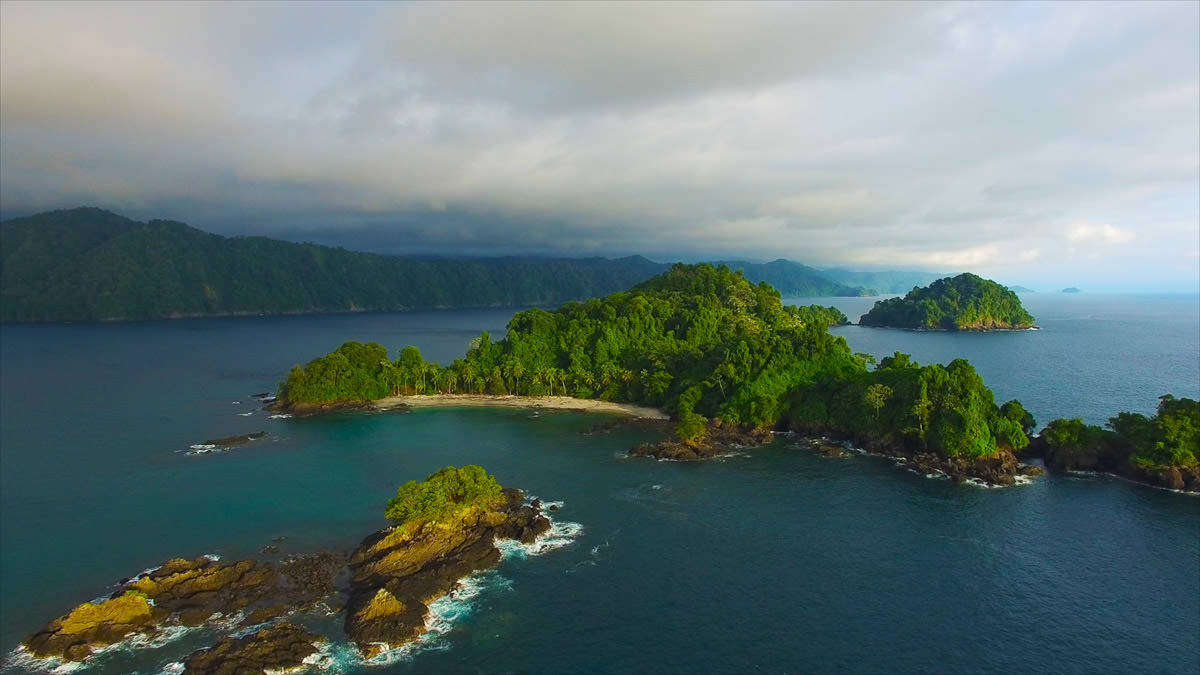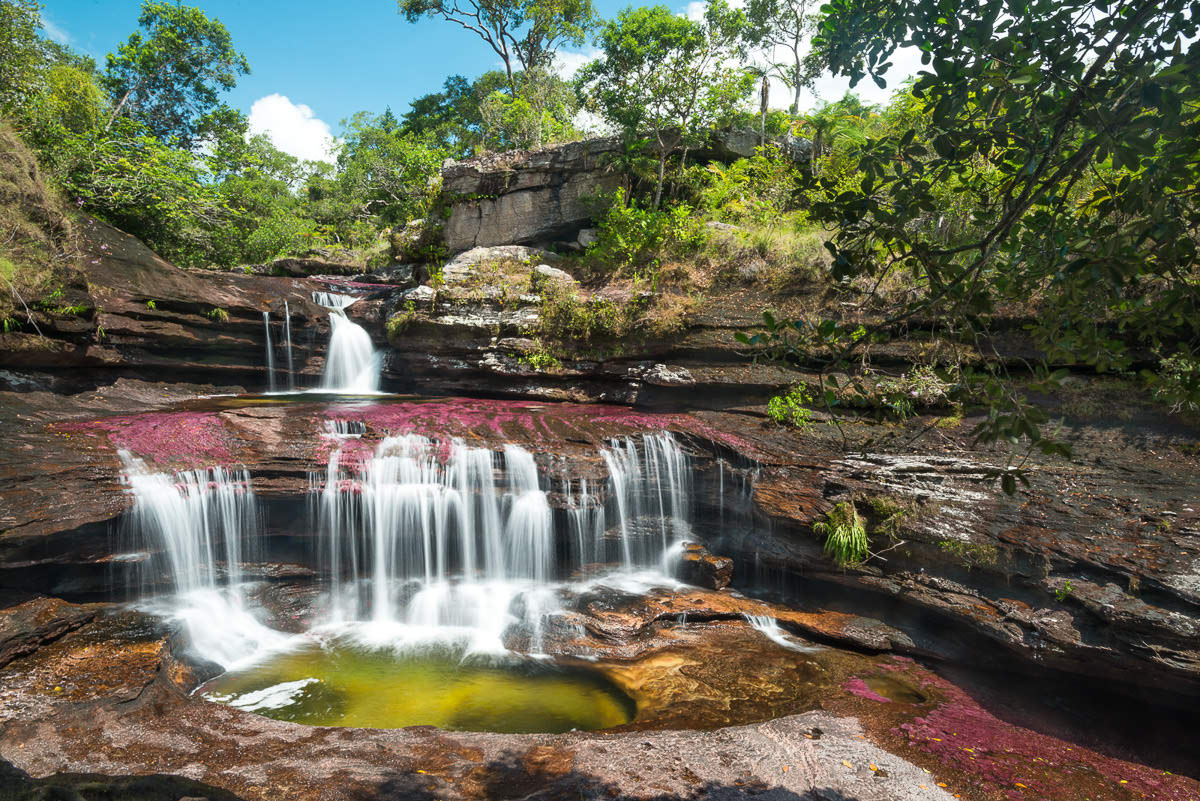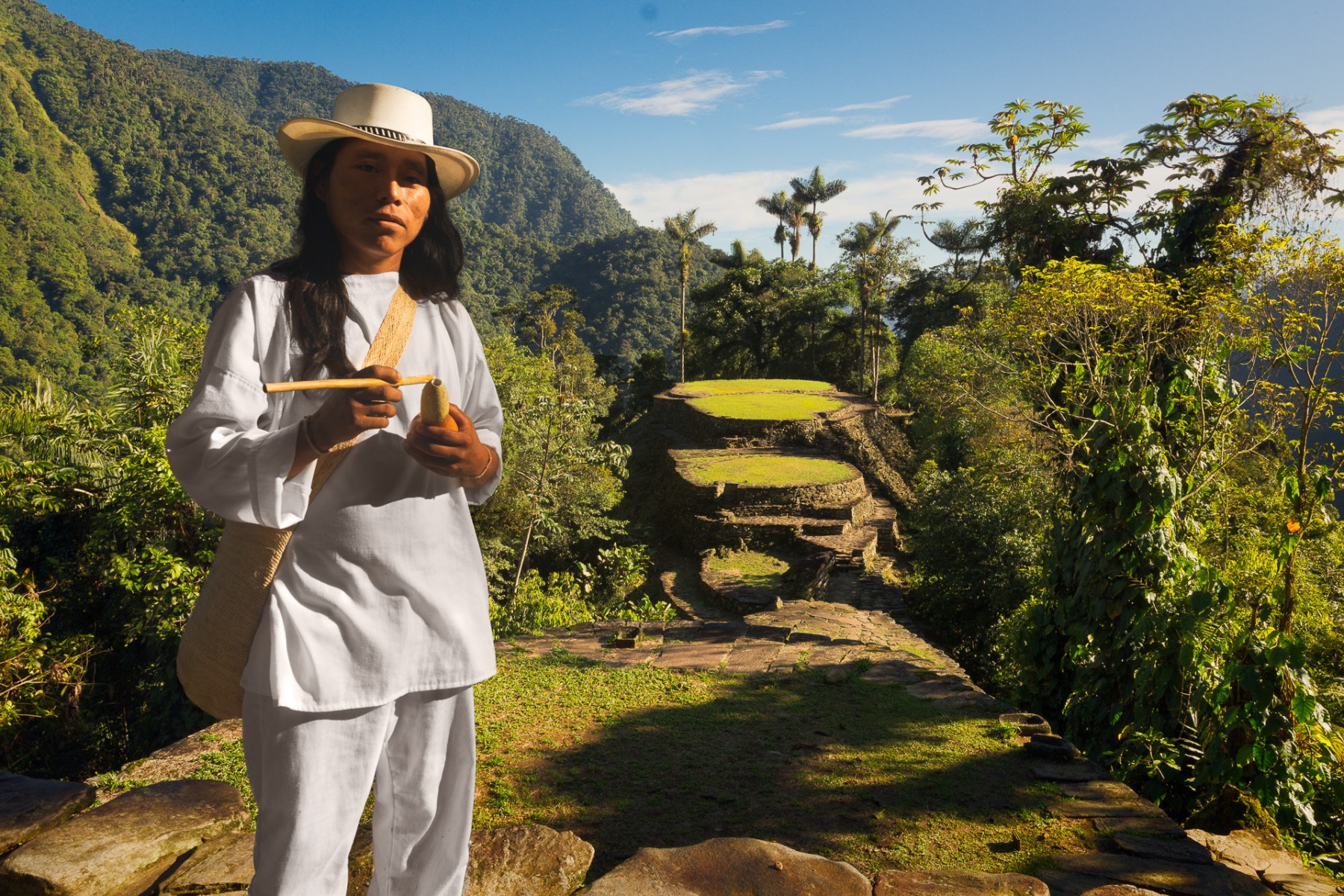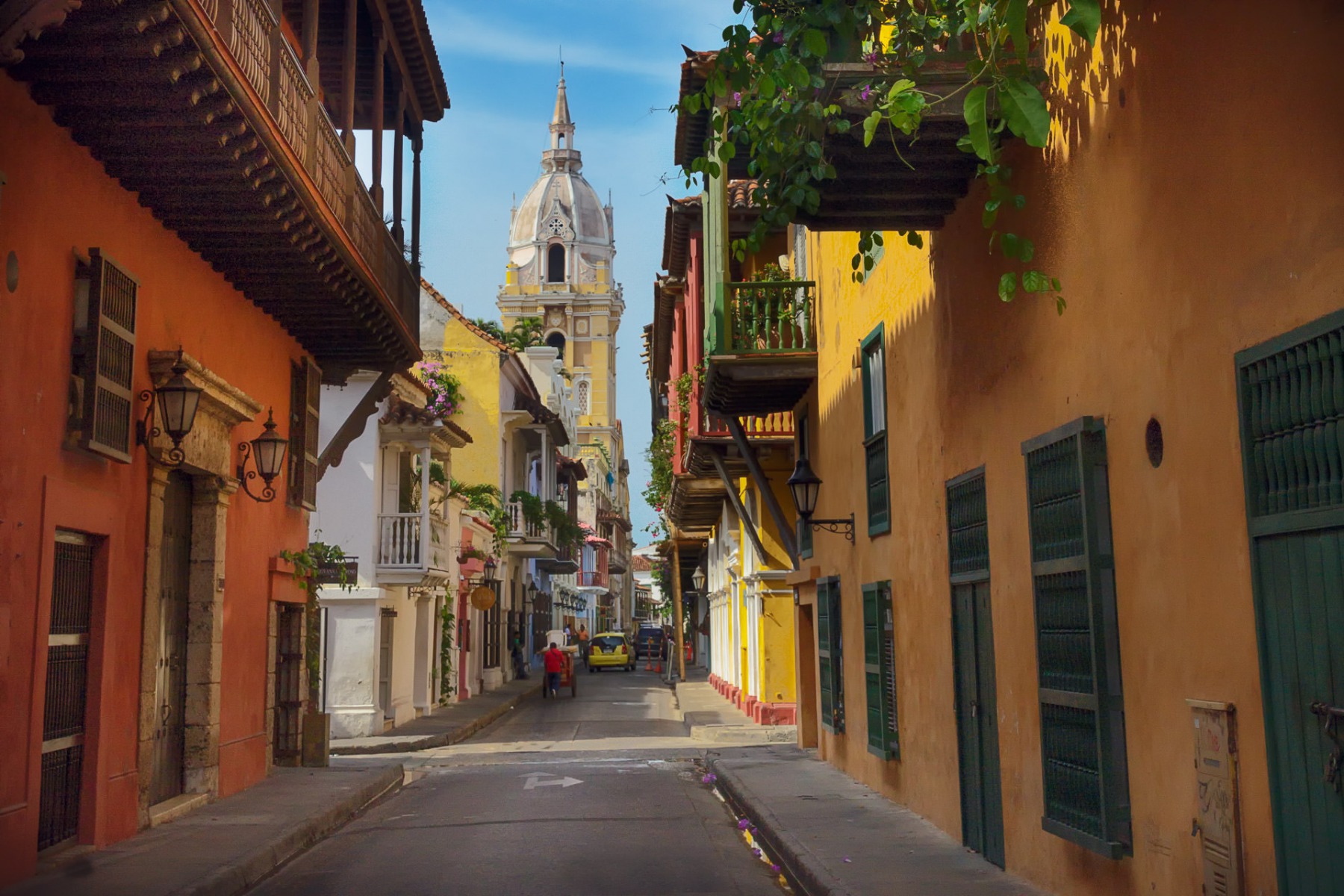L’essentiel du Parc Tayrona
- Introduction : Parc Tayrona, l’un des plus beaux de Colombie
- Que faire dans le Parc Tayrona ? Des activités de treks, plages, relaxations, plongée et snorkel
- Que voir aux alentours du Parc Tayrona ? Quebrada Valencia, Palomino, Barlovento-Los Naranjos et Tayronaca
- Comment visiter le Parc Tayrona et ses alentours ?
- Informations pratiques
- Quand partir au Parc Tayrona ? de Novembre à Avril
- Santé et équipement nécessaire lors de votre séjour au parc Tayrona : crème solaire, anti-moustique, chaussure de marche…
- Prix d’entrée au parc tayrona : Entrée principal, El Zaino. Comptez 44.000/48.000 pesos pour les non résidents.
- Comment aller au Parc Tayrona : Depuis Santa Marta, en bus partant du Troncal del Caribe.
Parc Tayrona overview
The region is currently inhabited by groups of indigenous Koguis and Ljka people, better known as Arhuacos, who maintain their mythology and ancient traditions. The Koguis indigenous community is an ethnic Amerindian group that lives north of the Sierra Nevada de Santa Marta in the valleys of the Don Diego, Palomino, San Miguel and Ancho rivers.
These people are organized in small villages, under the authority of a “mamo”, a central figure in Koguis culture who embodies and enforces the sacred laws. Their way of life has remained the same for decades. The Koguis derive most of their resources from agriculture. Indeed, their lifestyle is inspired by their belief in the ‘Gran Madre’ or force of nature. They believe that the earth is a living thing that must be respected. Their mission is to maintain the balance and harmony between man and nature. Among the ancestral traditions, the activity of the “mamos” and the coca rite are noteworthy.

Climate in Tayrona Park
The rainy seasons are determined as May and July and September and October. Despite this, activities can be carried out without any problems, as the rain is almost always occasional, allowing visitors to continue enjoying Tayrona Natural Park.
Be aware that, even in the dry season, you are in an area of high humidity, so there may be occasional light rainfall.

When to visit Tayrona Park?
Ideally in low season, excluding Christmas and Holy Week. During the high season, it will be VERY difficult to get into the park. If you have no choice, book your tickets in advance, on the Park’s website. We advise you to visit Tayrona Park between November and April, during the dry season, even if the weather is good almost all year round, beware of heavy rainfall in the rainy season.
Health and equipment needed to go to Tayrona Park
It is advisable to bring high protection sun cream, a hat and sports shoes for hiking. You should also bring mosquito repellent, preferably natural. You should bring plenty of water, although at the entrance to the main trail, the park staff will check that you have enough water. There are a few outlets but don’t run out in the middle of the trail. When hiking, we advise you to take as little as possible in your backpack.
Beware of yellow fever: no need to read dozens of forums, better safe than sorry! Even if at the entrance of the park they don’t always ask for your vaccination certificate, it happens and so you have to take it with you and be vaccinated against yellow fever.
How much does it cost to enter Tayrona Park?
The best-known entrance to the park is the El Zaino entrance which allows you to see the main beaches of the park. There is also the Calabazo entrance to reach Pueblito in 2h30 and Playa Brava or Cabo San Juan in 1h. The Neguanje entrance located 12km from Santa Marta allows you to reach Chengue beach and Gairaca. However, Chengue is closed to the public. Bahia Concha is another entrance 30 minutes from Santa Marta (free, except for access to the beach).
Tayrona Park entrance fees and opening hours
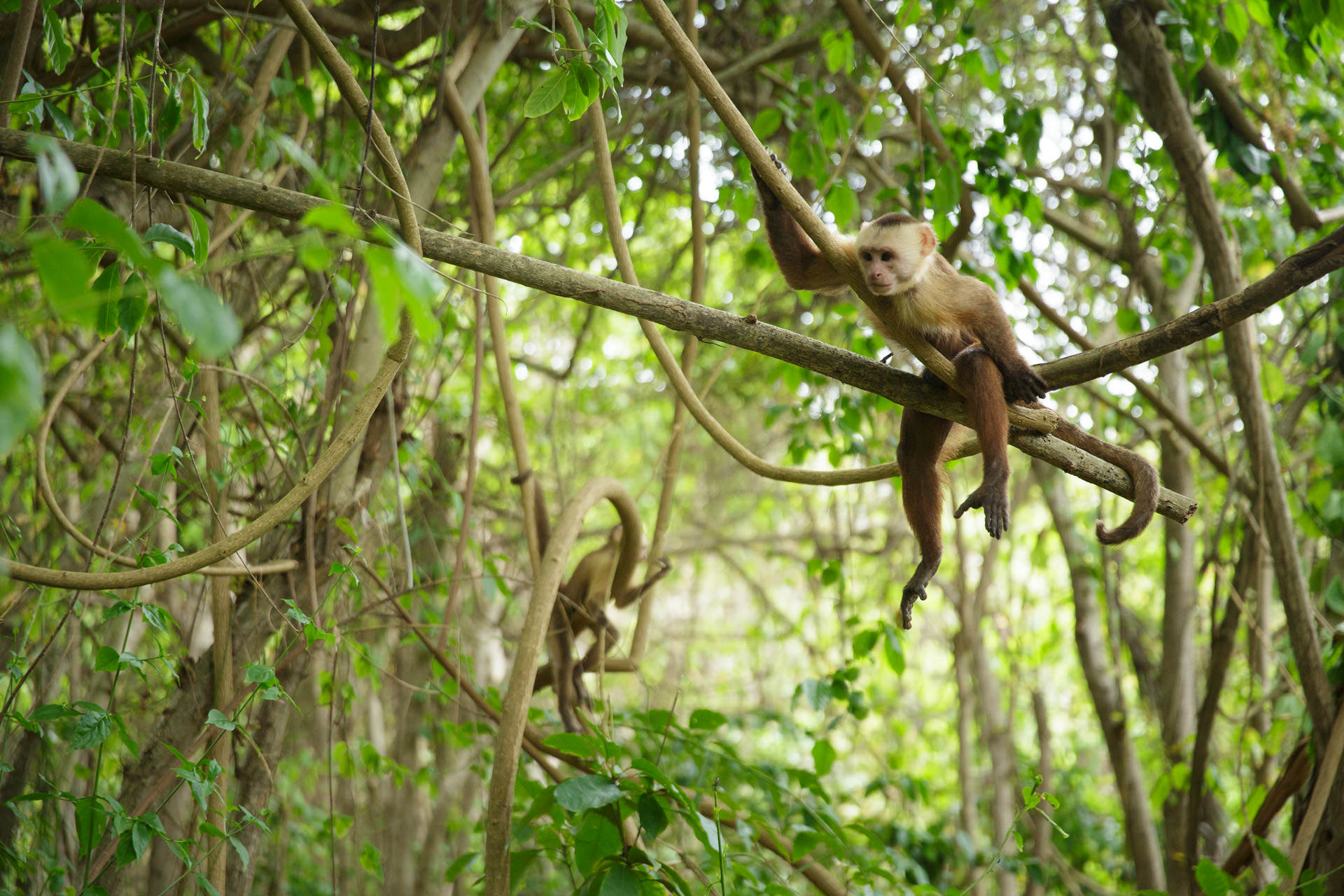
Entrance fee to the park: Between 44,000 and 48,500 pesos depending on the season for non-residents. You will need to show your passport at the entrance. In high season, it is advisable to buy your tickets in advance on the park’s website in order to be sure to enter (the number of people in the park is limited). If you leave the park, you will have to pay for your entry afterward.
- The park is open every day from 8am to 6pm.
Attention Tayrona Park closure: The Park closes once a year for 1 month. Make sure this does not fall on your dates! The park is sacred territory for the indigenous communities. During the month of closure, they clean the bad vibes of the park and make offerings in order to regenerate the spiritual strength of the park and give free rein to the wildlife.

How to get to Tayrona Park?
To reach the main entrance (El Zaino), take a bus from Santa Marta, more precisely from the Troncal del Caribe (a kind of national road that passes between Santa Marta and Riohacha). It takes about 50 minutes and costs about 10,000 pesos. The famous bus of the Caribbean is the bus that connects the cities of Riohacha, Palomino, Tayrona Park and Santa Marta. You just have to stop it to go to your next destination. For Tayrona from Riohacha it takes 2 hours, and 45/50 minutes from Palomino.
By taxi from Santa Marta or Palomino: 40 minutes and 80-90,000 pesos. The price will be much higher from Riohacha.
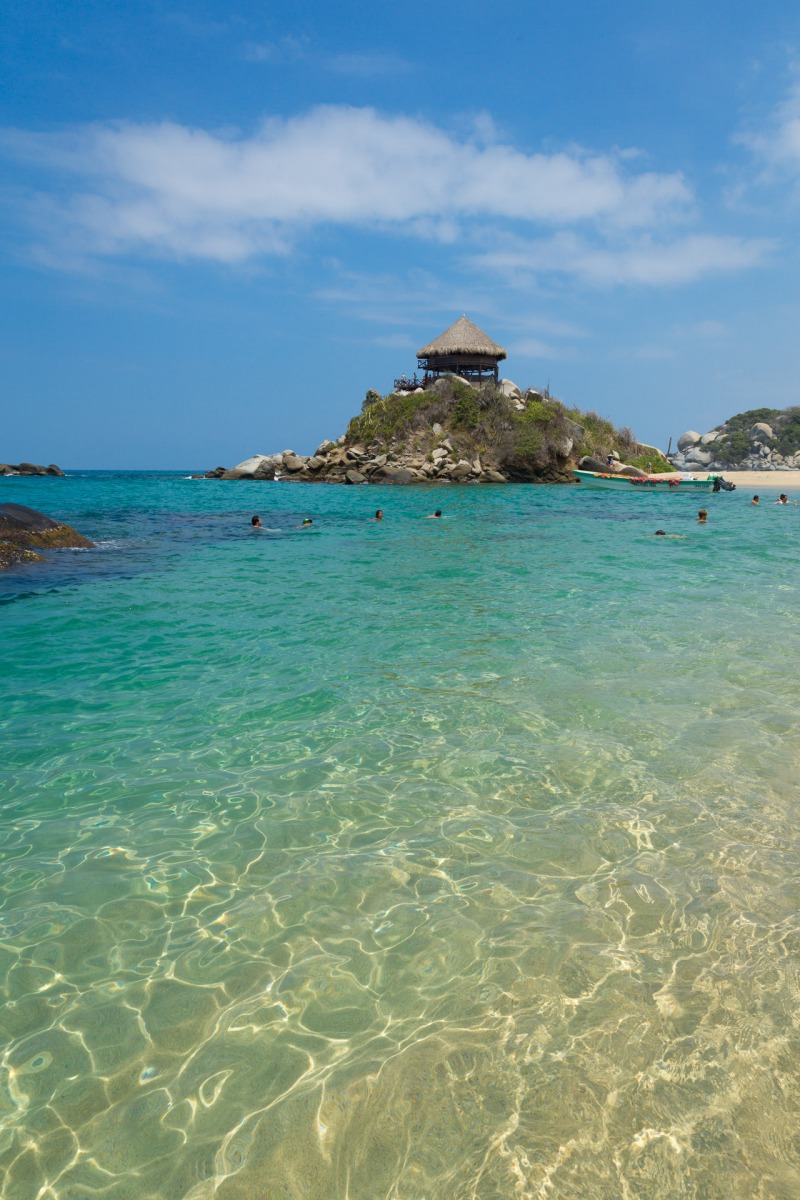
Faune et Flore du Parc Tayrona
Parmi les espèces animales enregistrées on répertorie :
- Des mammifères dont le lynx, et plusieurs races de singes (hurleurs, titi, capucins)
- Des oiseaux (toucans, aigle solitaire …) et plus de 70 espèces de papillons
- Des reptiles (caïmans…)
- Des espèces sous marines, éponges, crustacés, mollusques, coraux, poissons multicolores …
Contact a Travel Agent now
Design the trip of your dreams today with one of our country experts:


